Lately, there’ve been a lot of great movies coming out to the big screen. Last year, we had two fantastic releases, Barbie and Oppenheimer. Both were highly successful movies, but Barbie generated more revenue between them. Barbie did a fantastic marketing approach, investing 150 million dollars, not counting the investment in the movie’s production, which was $145 million. The movie’s box office reached $1.4 billion. How did they do this? We are talking about a ROI of 390%. It sounds surreal, but those are the numbers more and less. What marketing did Barbie do to create the hype about the movie, and how did everything start? The actor’s selections were excellent, but that was not the only strategy. They started all the promotions by posting a teaser on social media and YouTube almost a year before the movie came out.
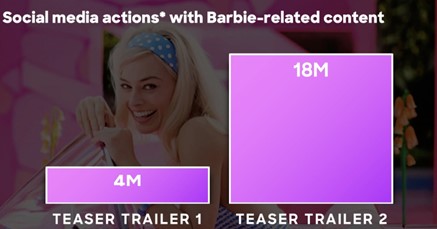
(photo was taken from https://www.semrush.com/blog/best-social-media-campaigns/)
From day one, Warner Bros. focused its marketing on social media to create awareness. They launched the first teaser, which went viral on social media, generating 4 million engagements. Then, the second teaser generated 18 million engagements across all social networks, reaching #28 on YouTube’s trending videos in 24 hours. The marketing team was clear that there is a growth trend in social media for this movie. They created an AI-powered selfie generator tool based on the Barbie movie theme, which people can use and post on their stories or feeds. This was a huge success; many celebrities started to post photos using the filter on their feeds, and bands like Smashing Pumpkins, celebrities like Dua Lipa, Zooey Deschanel, Jack Harlow, and many others started using it. This filter will also include a message about what type of Barbie you are. Once celebrities started using it, people started to use it too, and it created a chain effect, which turned out to be viral. Along with these efforts, the social team from Barbie started sharing behind-the-scenes content such as outfits, settings, music, and feature artists. With all this content, they started defining the brand and its aesthetic, which created a nostalgic feeling of the pink that Barbie, as a brand, has been using for years.
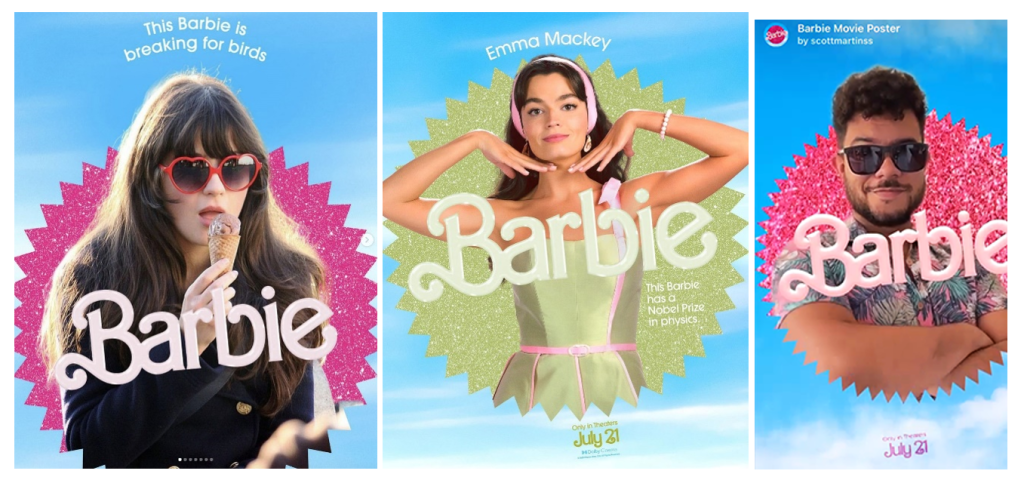
(images taken from https://lenslist.co/barbie-movie-poster, https://www.themodems.com/lifestyle/barbie-ai-selfie-generator)
The social media strategy was focused on awareness, consideration, and then leading the consumer to watch the movie on the big screen. With their strategy, they took the audience on a journey that made them feel like they were part of the Barbie adventure. It was so much a thing that most people went to see the movie in small groups, all dressed in pink and/or disguised as Barbie. Months before the movies were released, Barbie pop-ups appeared in different parts of the United States so people could interact by taking photos of whatever the pop-up was about. It was a constant reminder and feeling transmission that if you didn’t see the movie or didn’t take photos in one of the pop-ups, you would feel FOMO. I knew people who would see different posts and would express that desire to be there.
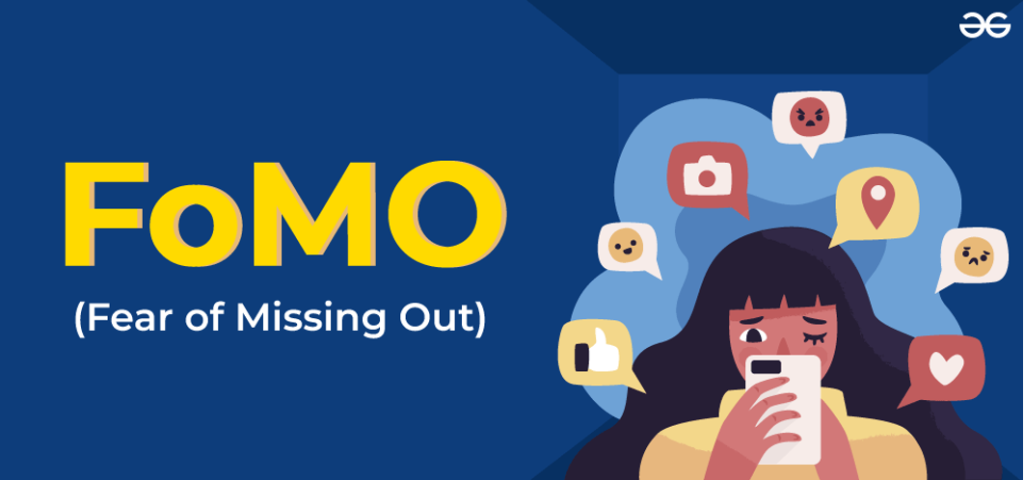
People constantly see social media for various reasons, but one of the biggest ones is FOMO, the feeling that we experience when something is happening and we are not there or fear not knowing. Barbie started to make people share Barbie content using their accounts so other people would see it, and if they hadn’t done it, they would want to do it because of FOMO. People started watching others take photos in the pop-ups, using the AI filter, seeing the movie in small groups in Barbie theme outfits, and taking photos (cool or cute photos) with their friends when they went to see the film at the theater. The marketing strategy was whole storytelling that would make people react to the movie in a certain way so word of mouth could increase, and FOMO could make others respond similarly.
This campaign was almost perfect, but I’d have added an after-release strategy other than the organic reaction from the people. The organic response of the people was enough, but creating a plan so people can still feel the experience of Barbie after watching the movie would have been excellent since experience is what makes you love something. The better and longest the experience is, the more you love it and will be willing to seek that experience again. I’m unsure if they made any strategy after the movie’s release, but I’d have done some things to prolong the hype.

Things I’d done:
- Make people find easter eggs, such as outfits, characters, cars, etc., related to Barbie products in the movie and post it on social media accounts. With this, people who didn’t know about the challenge might see the film a few times more to see if they can find more.
- Collaboration with apparel brands – Create outfits inspired by the movie since outfits from the film were one of the trendy things about it.
With these two approaches, consumers or people who watched the movie will still feel that they are on that journey of the Barbie movie, and they might watch the movie again if they like it as much as the social media reactions. Sharing the easter eggs will show other people a “game” or activity within the movie that will encourage others to find and share them. This can cause a domino effect where more people share it, see it, and are willing to look for that easter egg and transfer it to keep feeding that effect. Regarding the outfits, fans will feel they are still part of the movie and can even increase their self-confidence.

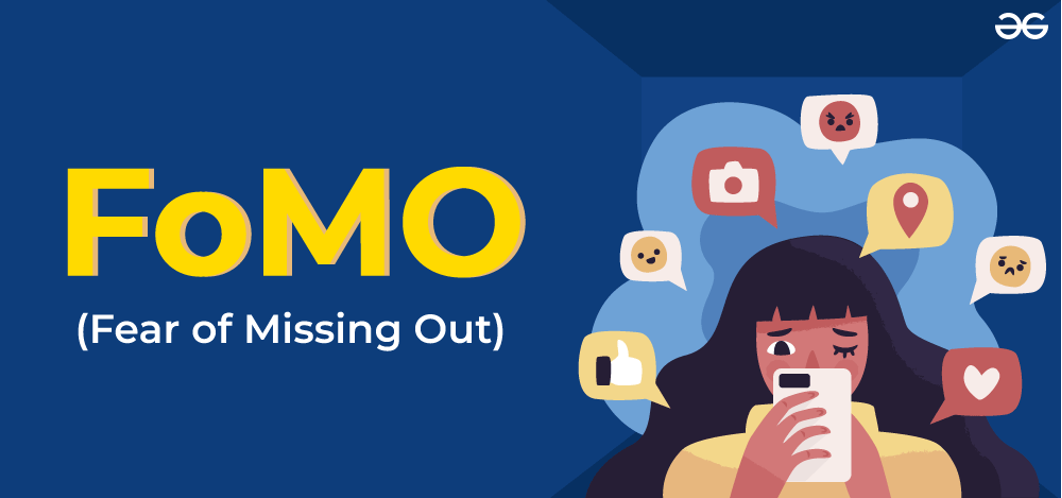
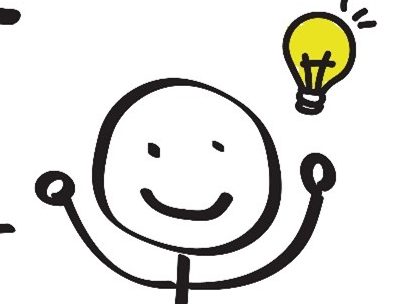


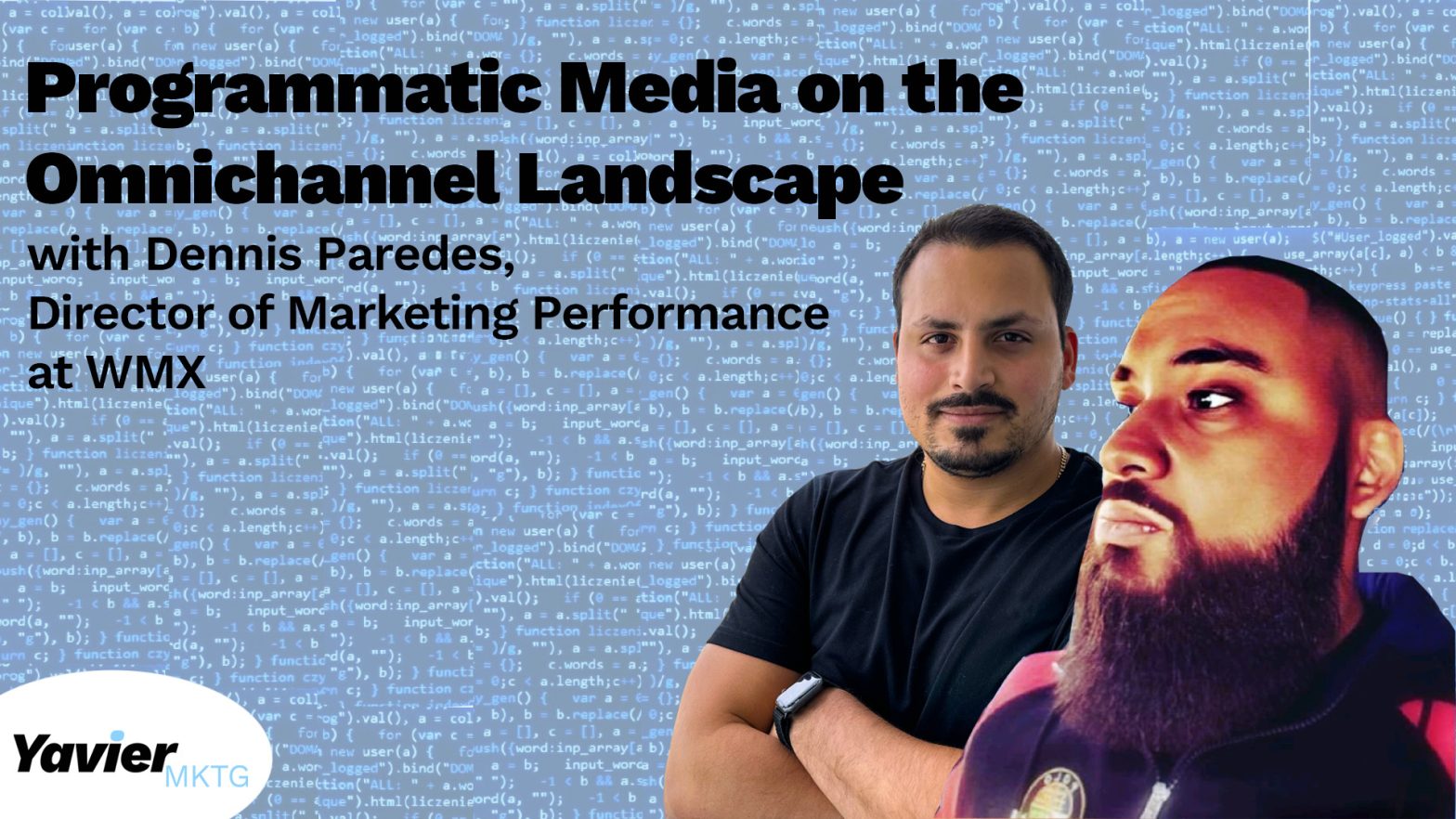

Leave a Reply